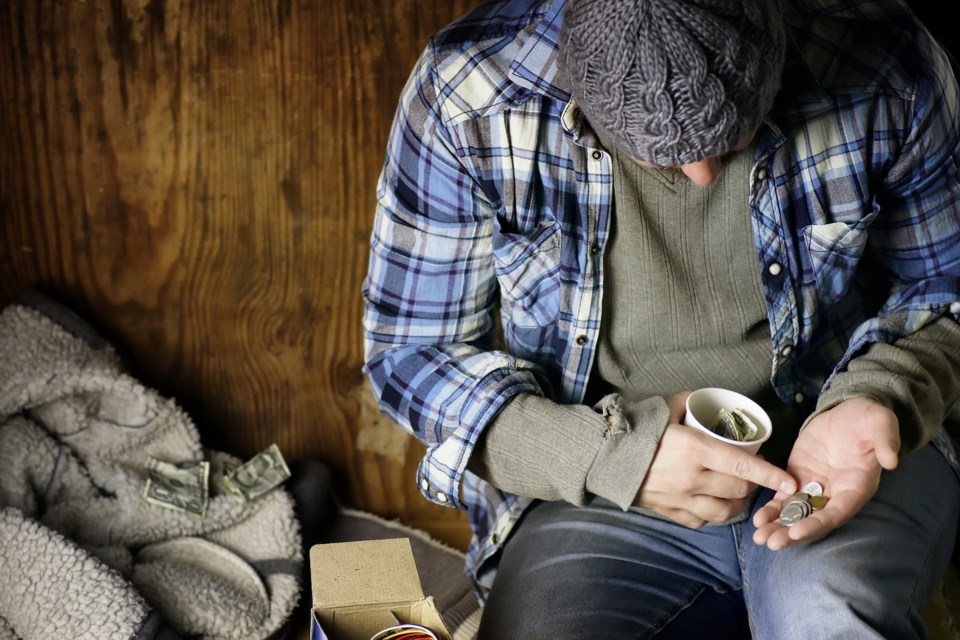Over the last few years, rising costs of housing, food, and transportation have made it increasingly difficult for Canadians to secure affordable housing. While home ownership has become unattainable for many, the rental market has grown intensely competitive, leaving our most vulnerable in an even tougher situation.
For people with developmental disabilities, the struggles for safe, supportive housing is even greater, often leading to years-long waitlists.
Recent data from Ontario’s Financial Accountability Office reveal the magnitude of this crisis. Over 18,000 individuals currently receive supportive living services, primarily through group homes. Meanwhile, an additional 27,000 people remain on waiting lists — a staggering 49 per cent increase in just five years.
These numbers highlight a deep and growing need for supportive housing solutions, especially as individuals with intellectual disabilities increasingly turn to emergency shelters. In the Greater Toronto Area alone, more than 18 per cent of those experiencing homelessness identify as having a developmental disability.
Despite significant discussions on housing and homelessness, the specific needs of people with disabilities are frequently sidelined. The shortage of long-term, supportive housing often means individuals rely on aging parents for housing and care, leaving them at risk of homelessness and without a sustainable future.
So, what can we do moving forward?
To understand how we might bridge these gaps, I spoke with leaders and advocates in the sector: Gary Gladstone from Reena, Ann Bilodeau from KW Habilitation, Brad Saunders from Community Living Toronto, and Andrew Fagan from Community Living Central York.
Their insights point to a range of promising models that are gaining traction.
Intentional Community Residence Model: This approach offers a safe, inclusive, and supportive living environment, prioritizing the individual’s needs and building a genuine community.
Cluster Model of Support: This model embeds support services within affordable housing developments, streamlining care and enhancing efficiency.
Vertical Inclusive Communities: Here, a portion of units within new affordable housing developments are dedicated to individuals with disabilities. This scaleable model ensures that residents have access to the right level of support throughout the building, fostering a sense of belonging in an inclusive environment.
Organizations like Reena, KW Habilitation, and Community Living are already implementing these models, but they need sustained financial backing at all levels of government to achieve long-term success.
When asked about their hopes for the future, Gary, Andrew, Ann, and Brad expressed a shared vision: they imagine communities across Toronto welcoming people with disabilities as valued members. Through collaborations with the Intentional Community Consortium, they aim to create housing that embraces people with developmental disabilities, offering them stability, dignity, and a true sense of belonging.
As we confront the broader housing crisis, let’s ensure we build housing that serves everyone, including those with intellectual and developmental disabilities. This effort requires more than just adding units—it’s about ensuring that each home is accessible, inclusive, and provides necessary support.
Every person deserves the dignity and security of a stable home. By advocating for policies that prioritize affordable, supportive housing and pushing for dedicated government funding, we can create communities where no one is left behind. Learn more about how you can support organizations and your community’s most vulnerable by visiting BlueDoor.ca.
Michael Braithwaite is the CEO of Blue Door, host of the housing and homelessness podcast On the Way Home, board chair of the youth homelessness-focused organization A Way Home Canada, and a tireless advocate for people experiencing homelessness.



